Wrist Hinge In The Golf Swing Explained
Golf Monthly Top 50 Coaches John Howells and Katie Dawkins discuss wrist hinge in the golf swing and how it can help golfers generate more power
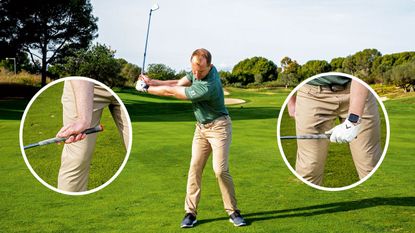
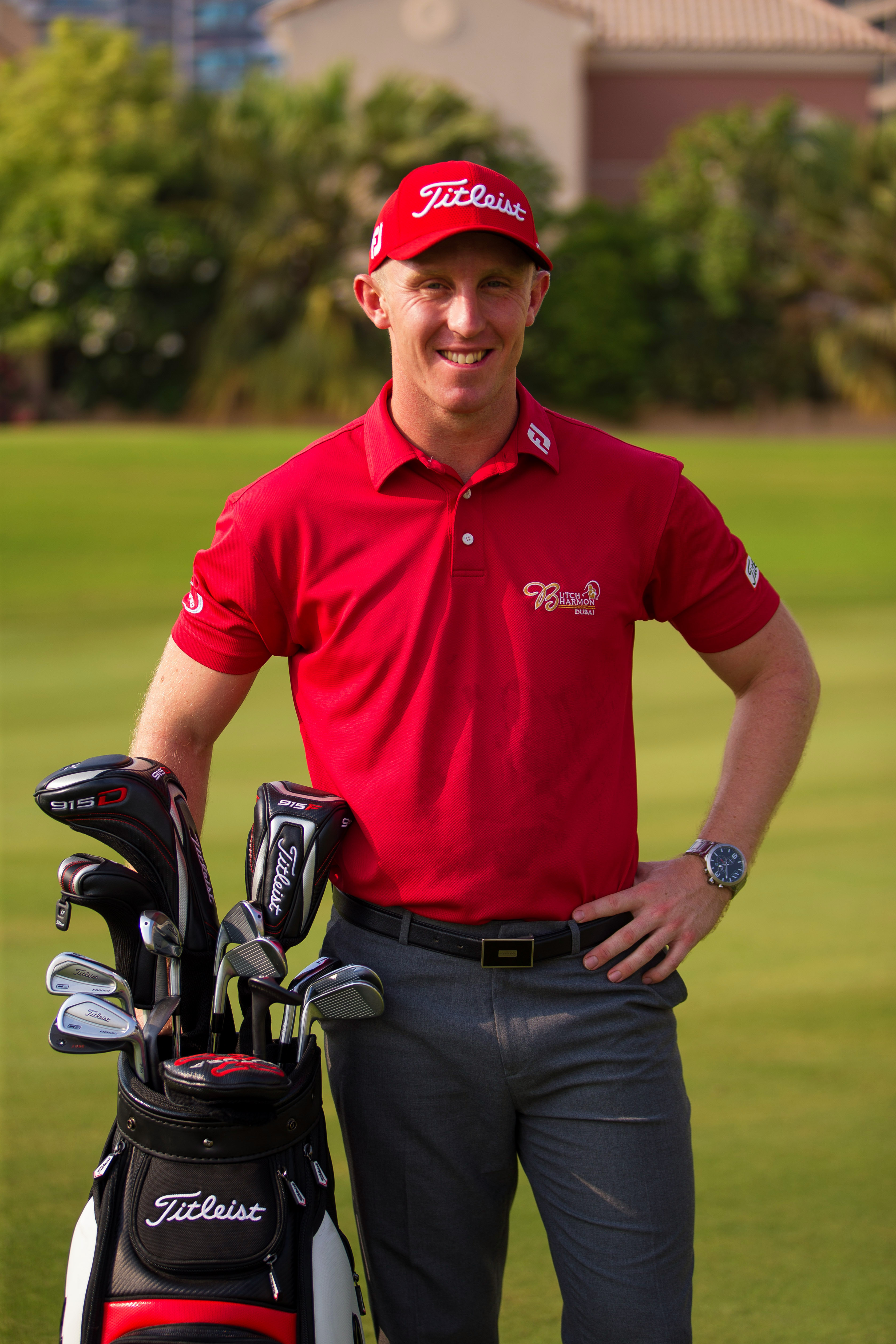
Like many golfers, you might be thinking... what is wrist hinge in the golf swing? This fundamental concept not only helps you to generate speed and power, but also create a brilliant angle of attack.
In this video, by Golf Monthly Top 50 Coach Katie Dawkins, and this article, by Golf Monthly Top 50 Coach John Howells, we explore wrist hinge in the golf swing and give you all the information you need...
What is wrist hinge in the golf swing?
The wrists work as a link between the lead-arm lever and the club. You almost want them to be a conduit for storing up speed in the backswing and then releasing it in the downswing, as it's the wrist hinge that allows for increased clubhead speed in a full swing. Sometimes golfers underuse the wrists in the backswing; sometimes they overuse them.
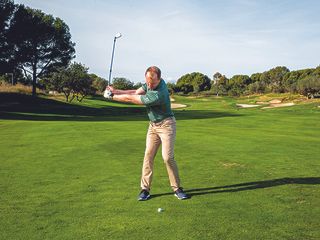
A good checkpoint is when the left arm is parallel to the ground. The angle between left arm and shaft should ideally be 90-100˚ (as demonstrated in the image above), an appropriate amount of wrist set to deliver some speed and power into the ball.
If the angle is too acute from using the wrists too much, things normally get thrown out in the downswing. This results in a cast, with the clubhead passing the hands too quickly through impact.
What does each wrist do in the golf swing?

The lead wrist (above) is mainly for wrist cock or ‘radial deviation’ as it’s known. This allows the left thumb to move up towards the left forearm, almost like putting a thumb up towards your nose if your hand were in front of you.
It’s where that angle starts to be created. The trail wrist (below) is basically bending back on itself. The knuckles on the right hand move back towards the forearm, or outside of the elbow, so the palm is almost looking down at the ground. The two wrist actions are slightly different because of the formation of the grip, but they combine to create a lovely, powerful position in the backswing.
Get the Golf Monthly Newsletter
Subscribe to the Golf Monthly newsletter to stay up to date with all the latest tour news, equipment news, reviews, head-to-heads and buyer’s guides from our team of experienced experts.
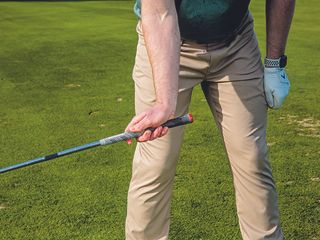
The wrists should then unleash that stored energy into a straight-line position post-impact to generate the right amount of pressure and a downward strike. The angles stored in the backswing have been released out in the downswing.

I’ve had more success in teaching where I want players to get to post-impact than in drawing attention to the impact position. You are almost guaranteeing impact would have been correct if your left arm and shaft are in this position just after the ball has gone.

Location: JCB Golf & Country Club
John joined the JCB Golf & Country club after spending seven years as the Senior Instructor at the Butch Harmon School of Golf Dubai. His coaching style is very much holistic in nature and TPI physical screenings are an integral part. John is able to identify physical limitations that may affect your swing and he has worked with the likes of Darren Clarke, Michael Hoey, Steve Webster and Rayhan Thomas.
Biggest influence:
Without a doubt the six years I spent working for Butch Harmon. I worked there from 2012 to 2018 and had the ability to everyday learn from one of the best modern instructors in the world today, Justin Parsons, who was my mentor and boss. We also were very fortunate to meet and learn from Claude Harmon III and Butch. The time spent in Dubai was the most pivotal because being surrounded by excellence was so inspirational for me as an instructor. I was able to frequently watch tour players practicing on site and working with their personal coaches, I was able to shadow coaches such as Sean Foley working with Danny Willet, Alan Thompson working with Tommy Fleetwood.
Greatest teaching success story: Working with Rayhan Thomas for three years as his putting coach was a pretty special opportunity for me. Seeing him go on to win his first professional tournament at the 2016 Mens Tour Dubai Creek open where he set a world record equalling nine birdies in a row.
Biggest challenge:
There is a new wave of golfers coming through the Bryson DeChambeau era and I am cautious about how many young golfers will attempt to play the game the same way as he does over the coming 10 years. We could see a lot of young talented golfers fall by the wayside either through injury or not being able to move the same way that Bryson does. I am really supportive of golfers pushing the boundaries of human physical performance so I admire what Bryson has been able to do, however I am apprehensive as to what this might be doing to the way young golfers see the game as a weightlifter/crossed with golfer/crossed with long drive champion.
-
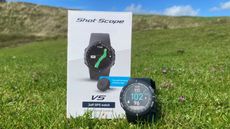 Shot Scope V5 Golf GPS Watch Review
Shot Scope V5 Golf GPS Watch ReviewWe take a look at Shot Scope’s latest wearable GPS offering…
By Joe Ferguson Published
-
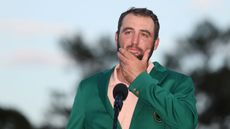 'My Identity Is Secure Forever' - Scottie Scheffler's Mindset Provides The Fuel To Secure A Second Green Jacket
'My Identity Is Secure Forever' - Scottie Scheffler's Mindset Provides The Fuel To Secure A Second Green JacketScheffler's second Masters win came with his first child due in a matter of weeks. His mindset off the course is clearly helping him do great things on it.
By Dan Parker Published
-
 I'm A PGA Pro And I Can Eliminate Your Golf Swing Takeaway Troubles With 3 Expert Tips And Drills...
I'm A PGA Pro And I Can Eliminate Your Golf Swing Takeaway Troubles With 3 Expert Tips And Drills...Golf Monthly Top 50 Coach Neil Marr shares his advice on how to cure your golf swing takeaway troubles...
By Neil Marr Published
-
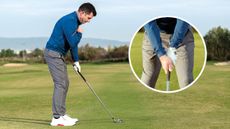 'The Path To Success Is Simpler Than We Think'... PGA Pro Dan Grieve Shares 5 Expert Tips For A Repeatable Golf Swing Set-Up
'The Path To Success Is Simpler Than We Think'... PGA Pro Dan Grieve Shares 5 Expert Tips For A Repeatable Golf Swing Set-UpGolf Monthly Top 50 Coach Dan Grieve shares 5 expert tips to simplify your set-up...
By Dan Grieve Published
-
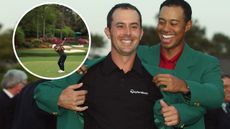 Get A Major Boost From Tee To Green With This Masters Champion's 5 Timeless Tips
Get A Major Boost From Tee To Green With This Masters Champion's 5 Timeless TipsThe 2003 Masters Champion shares five timeless tips that will help you improve your golf from tee to green...
By Barry Plummer Published
-
 Is This The Most Under-Practised Shot In Golf? 3 Expert Tips To Flush It When The Ball Is Above Your Feet
Is This The Most Under-Practised Shot In Golf? 3 Expert Tips To Flush It When The Ball Is Above Your FeetRarely are we blessed with a nice flat lie on the golf course, but that doesn't have to be a big concern thanks to these three expert tips...
By Ged Walters Published
-
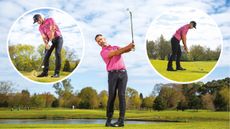 Destroy Your Opponents With These 6 Invaluable Iron Play Tips
Destroy Your Opponents With These 6 Invaluable Iron Play TipsThese 6 iron play tips, from Golf Monthly Top 50 Coach Zane Scotland, will help you create plenty of birdie chances...
By Zane Scotland Published
-
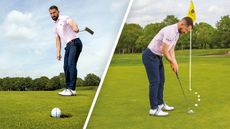 Line, Speed And Read... These Three Putting Fundamentals Will Help You Sink More Putts From All Over The Green
Line, Speed And Read... These Three Putting Fundamentals Will Help You Sink More Putts From All Over The GreenHone your putting prowess with the help of these expert tips, from Golf Monthly Top 50 Coach James Jankowski...
By James Jankowski Published
-
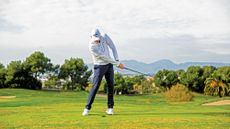 'You Lifted Your Head Up'... Why This Common Amateur Observation MIGHT NOT Be The Reason Your Are Topping The Golf Ball
'You Lifted Your Head Up'... Why This Common Amateur Observation MIGHT NOT Be The Reason Your Are Topping The Golf BallYou may have heard the frustratingly-timed phrase 'you lifted your head up' after topping your golf shot, but is there another reason why this happens?
By Ben Emerson Published
-
 7 Shots To Get You Out Of Trouble On The Golf Course
7 Shots To Get You Out Of Trouble On The Golf CourseWhether you find yourself in the trees, the weeds or just generally out of position, these 7 shots can help get you back on track...
By John Howells Published